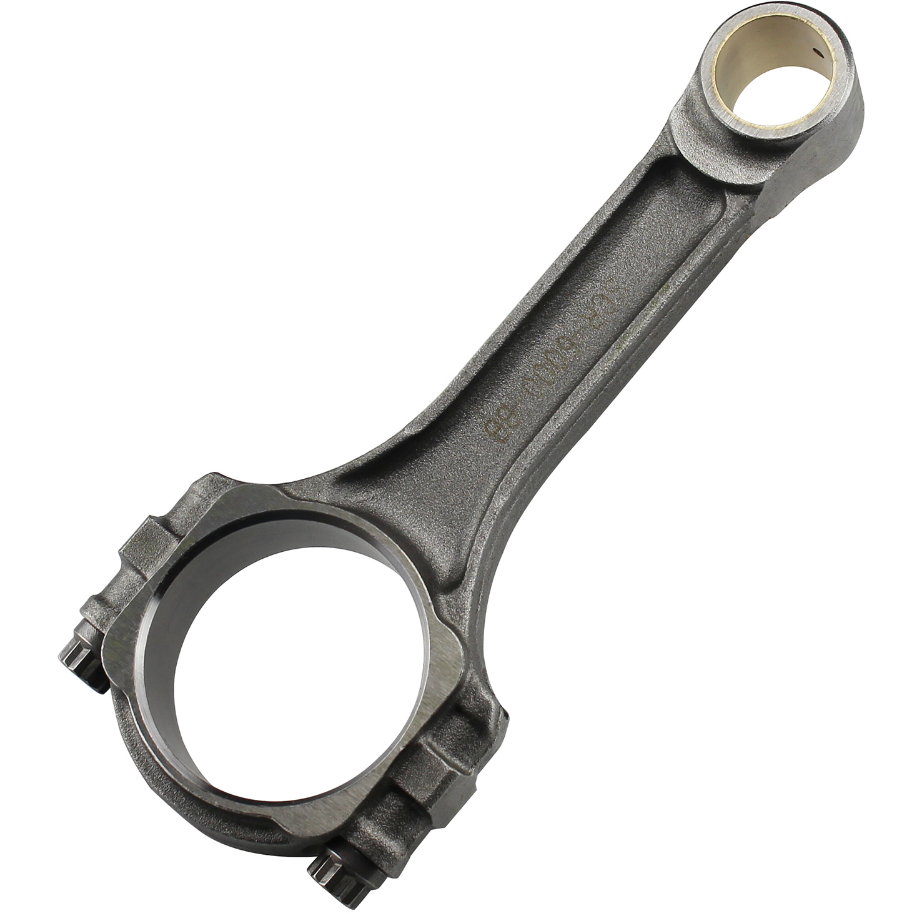Connecting rods, the crucial components of internal combustion engines, are predominantly made of steel and aluminum alloys. These materials provide an optimal balance between strength, durability, and weight. Modern technology has further augmented the quality of these materials, enabling them to withstand high pressure and temperature.

Materials Used in Connecting Rods
Steel
Steel, specifically forged steel, is a commonly used material in the manufacture of connecting rods. This is primarily because of its exceptional strength and durability. It can resist the high pressure and temperatures inside an engine, which makes it the perfect candidate for high-performance and heavy-duty engines.
However, the downside of steel is its weight. Steel connecting rods are heavier than their counterparts made from other materials. This added weight can impact the engine’s overall efficiency, especially in high-speed applications.
Aluminum Alloys
Aluminum alloys are another common material used in connecting rods. Aluminum, known for its light weight and good heat dissipation properties, makes the connecting rods less burdensome for the engine, enhancing its performance and efficiency. They are typically used in lighter and smaller engines where weight reduction is more critical than high-strength properties.
Though lighter, aluminum alloys are not as strong or durable as steel. They may not withstand the pressures of high-performance engines as well as steel rods can.
| Material | Advantages | Disadvantages |
|---|---|---|
| Steel | High strength and durability | Heavier weight |
| Aluminum Alloys | Light weight, good heat dissipation | Less strength and durability |
Modern Developments in Connecting Rod Materials
In the quest for performance optimization, the industry has witnessed the evolution of connecting rod materials. While steel and aluminum alloys continue to be popular, newer materials have been introduced.
Titanium
Titanium has made its way into the realm of connecting rods due to its outstanding strength-to-weight ratio. Titanium rods combine the strength of steel with the light weight of aluminum, providing the best of both worlds. However, the high cost of titanium makes it less common in everyday vehicles and more often found in high-end sports cars and racing applications.
Composite Materials
Composite materials, such as carbon fiber, are another advancement in connecting rod technology. These materials offer a great balance between strength and weight, comparable to titanium. They are not yet widely used due to their high cost and complex manufacturing process, but research is ongoing in this field.
The materials used for manufacturing connecting rods have come a long way, from the initial use of basic metals to the adoption of advanced composites. As technology continues to evolve, so will the materials used in these essential engine components. These advancements are driven by the automotive industry’s relentless pursuit of greater efficiency, improved performance, and reduced environmental impact.